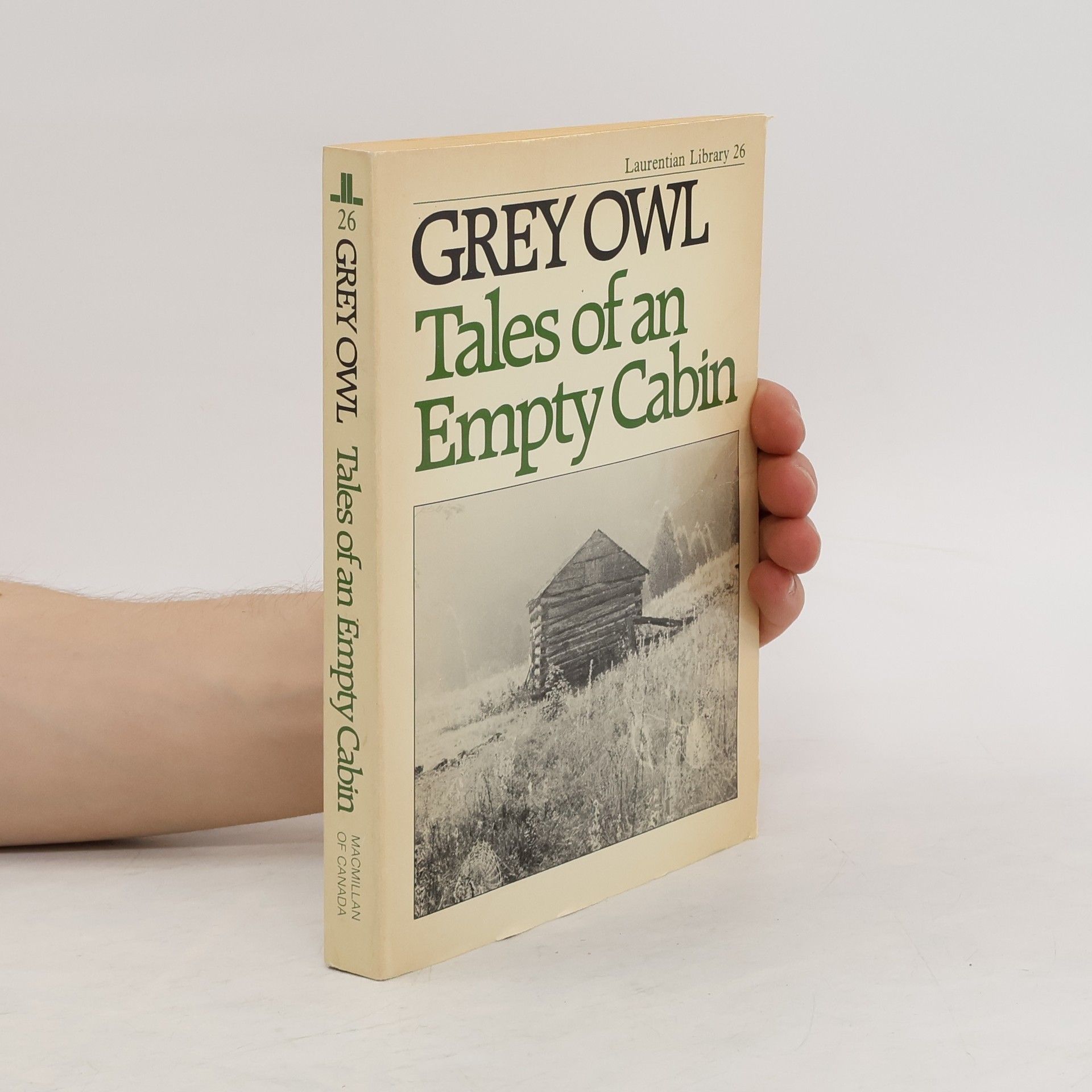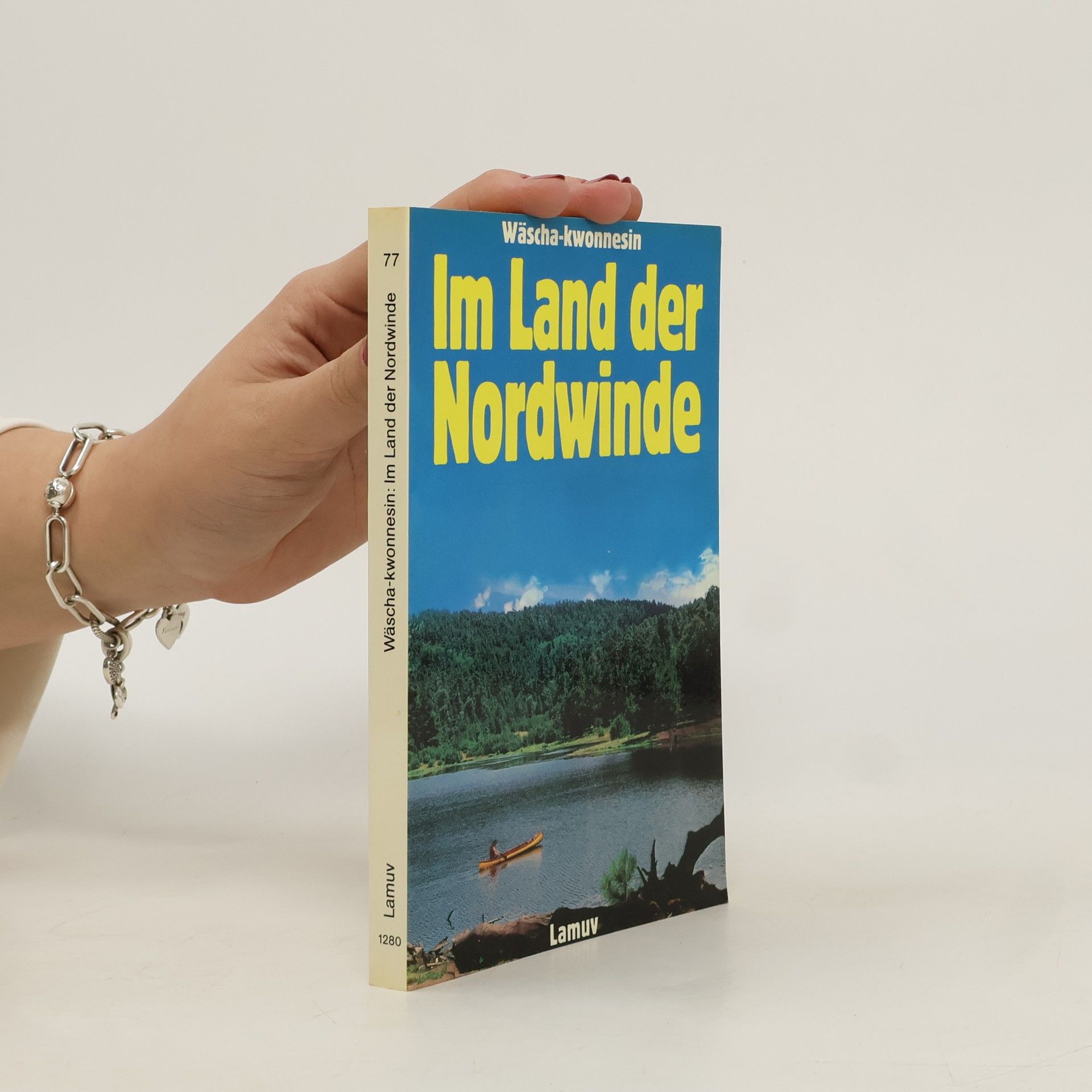Tales of An Empty Cabin is the most beloved collection of stories written by Grey Owl. Originally published in 1936, this classic collection harkens to a simpler time, a time when we were closer to the natural world around us. This book is a celebration of the pure delight of storytelling and of the bounty of the land.
Grey Owl Libros
Archibald Belaney, quien adoptó la identidad de Grey Owl (Wa-sha-quon-asin), se convirtió en un destacado defensor de la naturaleza salvaje. Sus escritos revelan un profundo conocimiento y una gran preocupación por el medio ambiente, si bien su relato sobre sus orígenes como "Grey Owl" era en gran medida ficticio. La revelación de su verdadera procedencia tuvo consecuencias drásticas, llevando a las editoriales a dejar de publicar sus libros bajo el nombre de Grey Owl y, en algunos casos, a retirar sus obras de circulación.







The Adventures of Sajo and Her Beaver People
- 190 páginas
- 7 horas de lectura
Set against the backdrop of the Canadian wilderness, this children's adventure follows Sajo, a young Ojibwe girl, and her brother as they rescue two baby beavers from fur traders. The narrative, enriched by Grey Owl's own illustrations, captures themes of conservation and the bond between humans and nature. Originally published in 1935, the book gained instant popularity and was translated into several languages. This new edition includes curated introductory material, highlighting its lasting impact and the complexities of its author's identity.
Part memoir, part history of the vanishing wilderness, and part compendium of animal and First Nations tales and lore, Grey Owl's first book was published in 1931. It is a passionate, compelling appeal for the protection and preservation of the natural environment.
Pilgrims of the Wild
- 366 páginas
- 13 horas de lectura
The narrative immerses readers in the Canadian wilderness through the eyes of Grey Owl, a captivating naturalist. His experiences highlight the profound bond between humans and nature, as he shares evocative tales inspired by the sounds and sights of the wild. Each element of the environment becomes a storyteller, revealing the beauty and intricacies of the natural world.
The three most famous and influential works from the controversial nature writer and legendary early conservationist, an Englishman who lived the life of a North American native.
Pfade in der Wildnis
Eine indianische Erzählung von der Natur
Grey Owl – indianisch »Wascha kwonessin«, deutsch »Der Vogel, der nachts wandert« – hat eine frühe ökologische Literatur geschrieben, die ihre Überzeugungskraft allein aus der Schilderung der Natur Nordkanadas schöpft. Pfade in der Wildnis ist das erste Buch eines Mannes, dessen kindlicher Wunsch, Indianer zu werden, so groß war, dass er es tatsächlich wurde. Er erzählt von den Wundern der Tier- und Pflanzenwelt und von einem ganzen Kosmos, der des Menschen nicht bedarf und doch von der Zivilisation bedroht ist. Grey Owl führt uns in seinen Geschichten und Episoden in das Leben der kanadischen Trapper, der Fallensteller und Wildtierjäger in der Wildnis, jenseits der »Front«, der äußersten Grenze der menschlichen Besiedelung. Es ist eine Welt, in der allein die Gesetze der Natur Gültigkeit haben, fernab der Zivilisation. Grey Owl beschreibt die Pfade, die noch vor wenigen Jahren allein den Indianern bekannt waren und doch schon bald zu Eisenbahnstrecken und Verkehrsstraßen ausgebaut werden. In einer poetischen Sprache, der die Rauheit und Gewalt der Wälder, Flüsse und Seen und ihrer tierischen Bewohner vertraut sind, ruft Grey Owl das Bild einer Natur von gewaltiger, beängstigender Stärke auf, die aber von der menschlichen Inbesitznahme der Natur bedroht ist.
Sajo und ihre Biber
- 142 páginas
- 5 horas de lectura
Sajo und ihr Bruder Schapian gehören zu einem Indianerstamm, der in Einklang mit der Natur lebt. Sie nehmen sich nur so viel von der Natur, wie sie auch wirklich zum Leben brauchen. Der Vater von Sajo und Schapian, er heißt 'Große Feder' - 'Gitschi Megwon' - rettet eines Tages zwei kleine Biber und bringt sie mit nach Hause. Da seine Tochter Sajo an diesem Tag Geburtstag hat, schenkt er sie seinen Kindern. So verleben sie eine schöne Zeit miteinander bis der Vater kein Geld mehr hat und einen der Biber bei einem Händler gegen Essen eintauschen muss. Dieser verkauft ihn an einen Zoo. Und am nächsten Tag muss er aufbrechen und Geld verdienen. Doch die Kinder können nicht ohne den anderen Biber leben und deshalb machen sie sich auf den Weg in eine Stadt, wo sie hoffen, den Biber zurück zu bekommen.Ein sehr schönes Buch das einem einen verspielten Einblick in das Leben der Indianer in Kanada gewährt. Es ist zwar ein Kinder-/Jugendbuch aber es ist auch sehr schon für ältere Menschen zu lesen
Wäscha-kwonnesin, auch Grau-Eule, war ein Jäger im wilden Kanada, der 1928 sein Trapperleben aufgab, um die bedrohte Tierwelt zu schützen. In seinen Aufzeichnungen beschreibt er sein Leben, das Schicksal der Indianer und die Zerstörung der unberührten Natur im "Land des Nordwinds".
Kleiner Bruder
Grau-Eule erzählt von Indianern, Bibern und Kanufahrten



